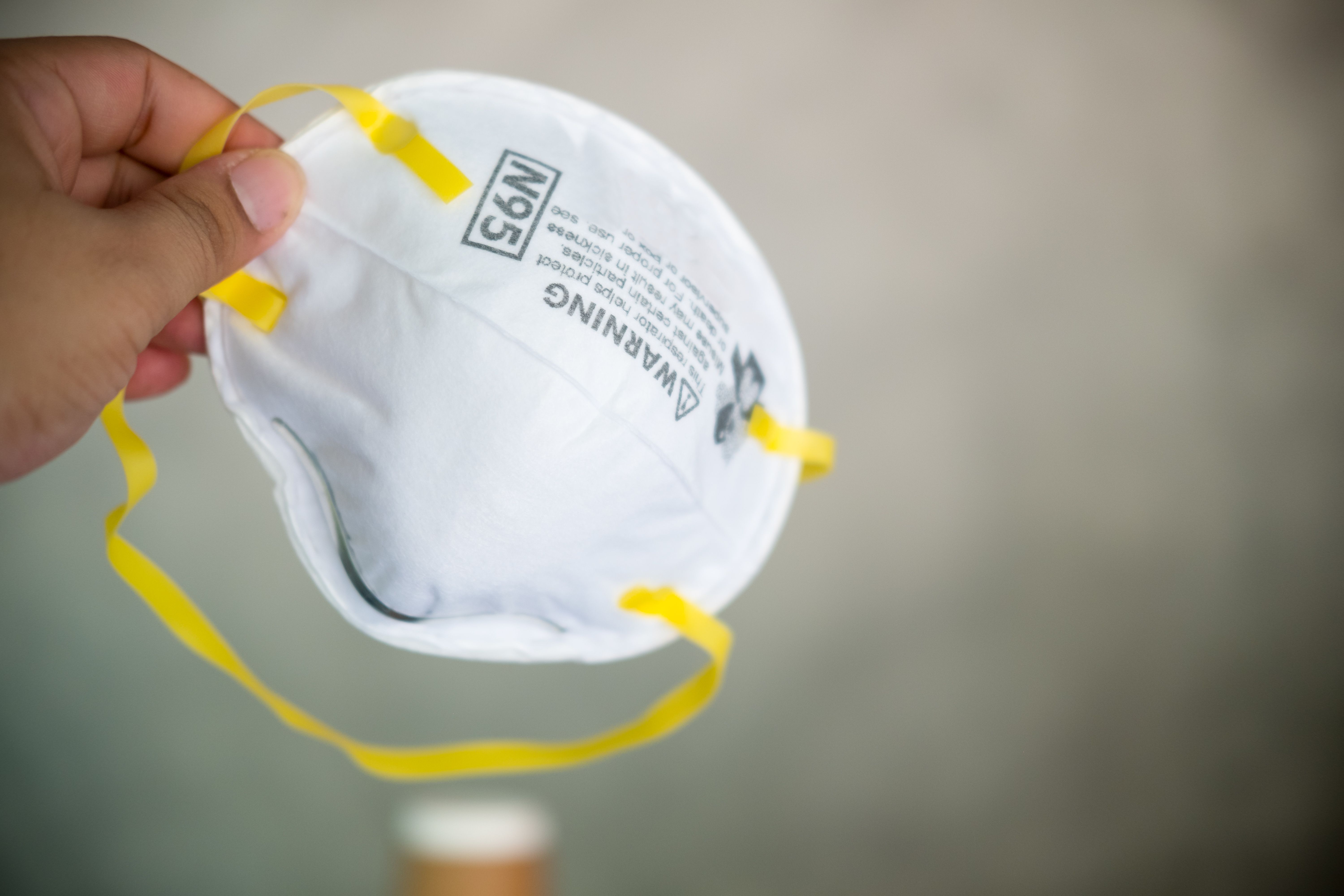Survey: US Hospitals Brace for Severe PPE Shortage
Thanks to a reduction of imported PPE, 36% of hospital respondents expect large-scale PPE shortages, while 54% have imposed PPE conservation protocols.

If the current demand for N95 masks, fueled by COVID-19 concerns, continues at its present rate, it would mean that at least 56 million of the masks would be sold in 2020, a 3-fold increase in demand when compared with a typical year.
That’s just one of the findings from a survey by the healthcare consulting company Premier, which adds to the much-noted observation that there is not enough personal protective equipment (PPE) on hand to respond to the COVID-19 challenge. As the World Health Organization noted this week, this is a global problem and the United States finds itself particularly vulnerable. About 80% of all PPE manufactured globally comes from Asia, but large producers like China, Taiwan, Thailand, India, and South Korea have stopped exporting because they need the PPE to deal with COVID-19 outbreaks in their own countries. That situation is expected to continue at least through April, according to Premier.
Eighty-six percent of US hospitals and health systems are concerned about their supply of PPE and face masks, according to the Premier survey. In January and February, the demand for N95s surged 400% and 585%, respectively, in the United States.
Michael J. Alkire, Premier’s president, said in a press release that the company provided the survey to the US Centers for Disease Control and Prevention and the US Food and Drug Administration to help the agencies plan their response to COVID-19. “Because this situation is rapidly evolving, we encourage all hospitals and health systems to initiate conservation protocols to protect stock on hand and refrain from panic-buying that can further strain the supply chain,” Alkire said.
Thanks to a reduction of imported PPE, 36% of respondents expect large-scale PPE shortages, while 54% have imposed PPE conservation protocols to help stretch the supplies that they have on hand. Forty-six percent of respondents are worried about how long current supplies will last.
David A. Hargraves, Premier’s senior vice president of supply chain services, said that “supply is unquestionably strained and health systems are going to extraordinary lengths to provide essential healthcare for their communities. Our data shows Premier members have at least two weeks of supply on hand, but that’s only if we assume current utilization rates. That number will quickly balloon if we have a domestic outbreak of coronavirus, as the Department of Health and Human Services says as many as 300 million N95 masks will be required for healthcare workers.”
Newsletter
Stay prepared and protected with Infection Control Today's newsletter, delivering essential updates, best practices, and expert insights for infection preventionists.